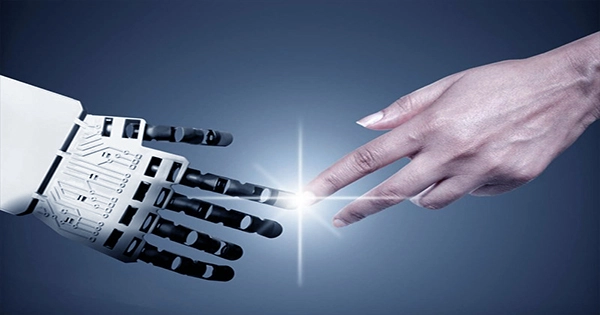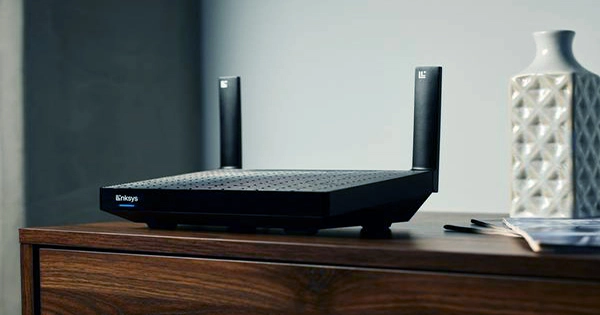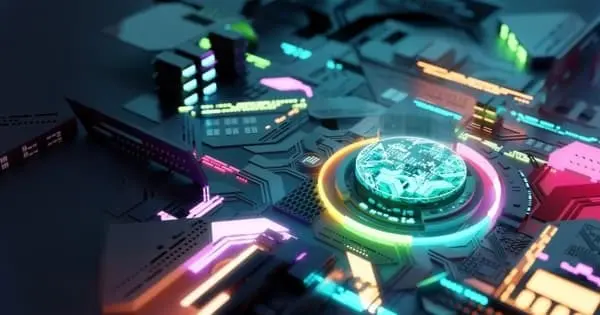Shoji Takeuchi, who recently produced a robot finger with live skin generated from human cells, told IFLScience, “Our objective is to make robots that are really human-like.” Takeuchi and colleagues’ finger can bend and curl without breaking, and if it develops a boo-boo, it can easily mend and reseal itself, according to Takeuchi, a Project Professor at The University of Tokyo who specializes in biohybrid systems. “The silicone rubber coverings that are often utilized [in robots] nowadays may appear authentic from afar or in images or movies, but when you approach up close, you know it fake,” Takeuchi added.
“We believe that the only way to attain a human-like look is to cover it with the same substance as a human being, namely, live cells.” The live skin was formed by immersing the robotic finger into a solution comprising collagen and human dermal fibroblasts, which are the two primary connective elements in our flesh-colored organ coverings, according to a study published in the journal Matter. Collagen and fibroblasts tightened as they gathered around the robotic appendage, resulting in a fit that Takeuchi believes is the key to the hyper-realistic finger’s success.
After the collagen-fibroblast foundation was formed, it created a platform for human epidermal keratinocytes to cling to, resulting in a top coat that covers 90% of the human skin’s outer layer. This gives the robot-human mix a more realistic feel, even if it does appear “slightly’sweaty’ right out of the culture medium,” according to Takeuchi. In person, the moist appendage joins together to form a finger that appears to be incredibly lifelike. That is, if you can ignore the internal mechanical buzzing.
Keratinocytes are also responsible for making human skin waterproof, and they have the similar impact on the robot finger, allowing it to reject water and maintain its appropriate look and function. Perhaps most impressively, while live skin can withstand bending, curling, and being plucked with tweezers, it can also mend itself if it is harmed. The researchers did this by applying a collagen patch to the robotic finger’s incision and letting it rest for seven days. The skin cells might migrate into the collagen patch and integrate it into the skin tissue during this period, thereby resealing the wound.
Living skin, on the other hand, has drawbacks for humans, as anybody who has experienced adolescent acne will attest. Is it feasible that these robots may become susceptible to diseases or illnesses in the same manner that humans are? Takeuchi told IFLScience, “The more human-like the skin is, the more probable it is to be the same.” “However, by changing cells, it may be feasible to develop extremely resistant tissue.”
It’s probably too soon to start your biohybrid blemish skincare line, but it appears that robots may soon have more complicated living skin (and the ability to feel pain). “One of the obstacles is that the skin lacks a vascular system, so it cannot survive long after being removed from the culture media,” Takeuchi concluded. “We’re devising methods for constructing circulatory networks within the skin.” Another issue is to replicate numerous organs in the skin, such as sensory neurons, hair follicles, nails, and sweat glands, to create more sophisticated skin with skin-specific capabilities. Additionally, expanding our existing technology to cover bigger buildings would be a difficult future step.”
















